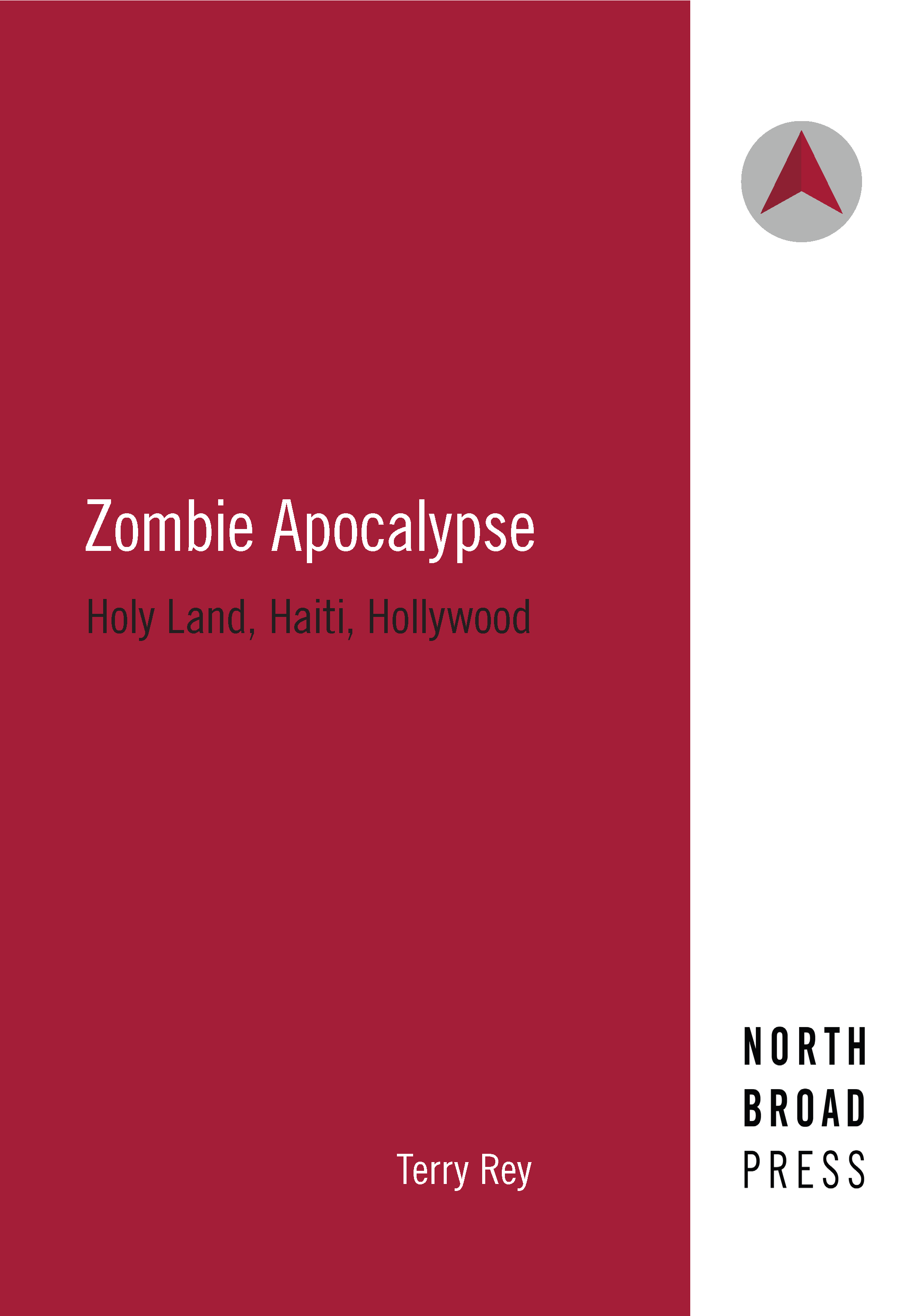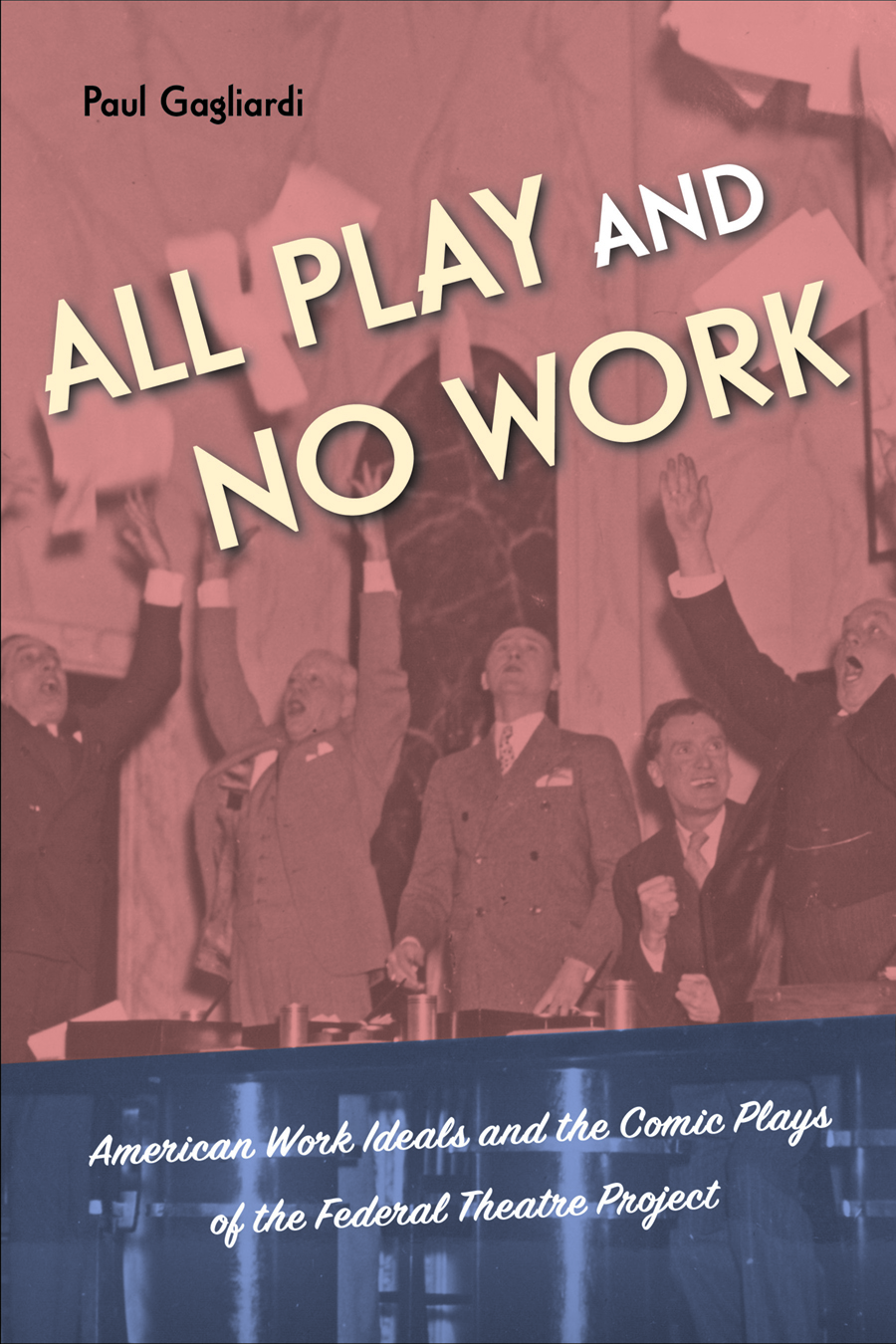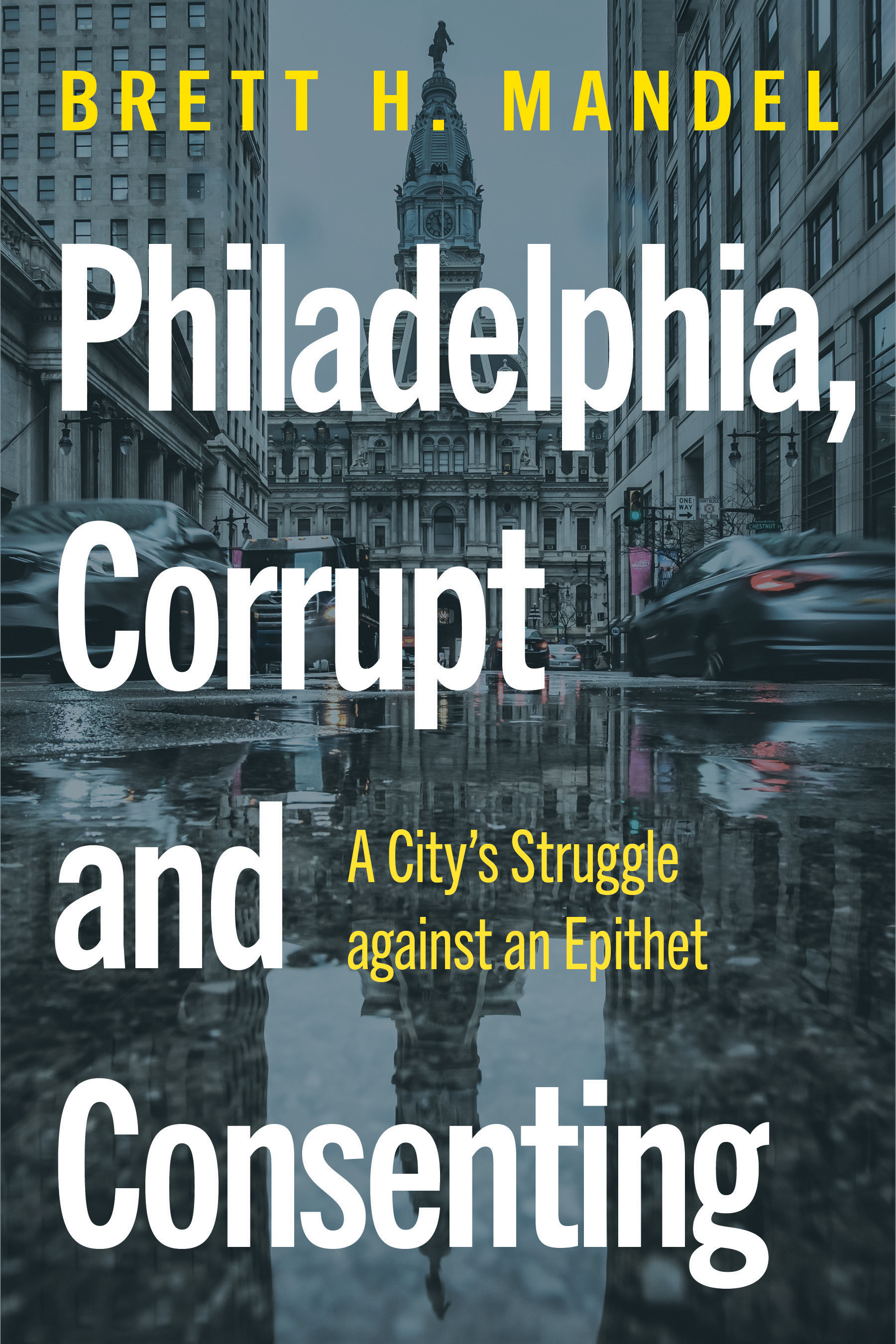This week in North Philly Notes, we highlight Preserving the Vanishing City author Stephanie Ryberg-Webster’s upcoming panels and appearance at the Urban Affairs Association conference.

Stephanie Ryberg-Webster will be at Temple University Press’ booth in the exhibit hall at the 2024 Urban Affairs Association annual conference on Friday, April 26 from 10:00 to 11:00AM to talk with attendees about her new book, Preserving the Vanishing City: Historic Preservation amid Urban Decline in Cleveland, Ohio.
The book chronicles the rise of the historic preservation sector in Cleveland during the 1970s and 1980s and is set against the backdrop of the city’s escalating decline. Historic preservation grew in popularity in the mid-20th century as demolition stemming from urban renewal and highway building increasingly threatened older and historic buildings across the nation’s central cities. In the Industrial Midwest, forces of deindustrialization compounded the population and economic contractions spurred by an exodus of residents to suburban areas. In cities like Cleveland, a city with an oversupplied built environment combined with concentrated poverty and reduced municipal coffers, historic preservationists confronted unique challenges.
Preserving the Vanishing City tells a highly local story to convey the history of historic preservation within the context of decline. The book chronicles the rise of Cleveland’s local preservation movement, which had seeds in growing awareness about architectural heritage in the 1950s and 1960s. Ultimately, Cleveland created the Ohio’s first local preservation commission, the Cleveland Landmarks Commission, in 1971. As preservationists navigated how to establish a preservation ethos in the city, they confronted local policies that heavily prioritized demolition, local skepticism that the city had much of anything of historic value, and a lack of resources that made their work a constant uphill battle. In response, they adopted an entrepreneurial approach that relied on cultivating advocates who had a deep passion for the city’s history and future, establishing local partnerships, engaging with national networks, and finding creative sources of funding.
In the 1970s and 1980s, Cleveland’s preservationists tackled an array of preservation challenges, with varying degrees of success. They were deeply passionate about the city’s industrial heritage, which included unique infrastructure and machinery, the preservation of which often remains in question today. They engaged in physical planning and urban design to transform the city’s downtown Warehouse District, while simultaneously working to change state and local zoning and building codes to support, rather than ban, creative adaptive reuse. Preservationists worked in neighborhoods across the city and neighborhood preservation was often led by resident activists and neighborhood organizations. At the same time, Cleveland’s preservationists, like many of their peers around the nation, struggled to engage with the city’s Black residents and lacked the tools and ability to navigate the city’s changing racial landscape. This was particularly evident in the Buckeye neighborhood, once the nation’s largest Hungarian enclave, which underwent rapid racial change from the 1960s through the 1980s and is now a predominantly Black neighborhood. Preserving the Vanishing City also dives into the landscape of residential rehabilitation by stepping outside of traditional preservation to explore if and how other public and nonprofit initiatives support the retention and rehabilitation of Cleveland’s vast residential landscape.
You can also find Stephanie in two sessions on Thursday, April 25. At 1:00 pm in the Booth room (on the 5th floor), she will present “Redlining, Revitalization, and Preservation Practice: Uncovering Connections in Cleveland and St. Louis,” co-authored with Dr. Kelly Kinahan (Florida State University). Following this, at 3:00 pm, Stephanie is part of a colloquy session on Democratic Practice, Organizational Resilience, and Equity in Urban Arts Ecosystems, where she will be talking about a new project that looks at how arts and cultural districts around the nation support diversity, equity, and inclusion in their organizations and neighborhoods also in the Booth room.
Stephanie Ryberg-Webster is a Professor of Urban Affairs and the Associate Director of the Maxine Goodman Levin School of Urban Affairs in the Levin College of Public Affairs and Education at Cleveland State University. Her research focuses on urban historic preservation and its intersections with neighborhoods, community development, equity, and revitalization. Her work places a particular emphasis on preservation within the context of urban decline and legacy cities, such as Cleveland. She earned a PhD in City & Regional Planning from the University of Pennsylvania, a Master’s in Historic Preservation from the University of Maryland, and a Bachelor’s in Urban Planning from the University of Cincinnati. She can be reached at s.ryberg@csuohio.edu.
Filed under: african american studies, american studies, cultural studies, economics/business, Education, environment, History, Labor Studies, political science, race and ethnicity, sociology, Urban Studies | Tagged: 1970s, activism, architecture, building codes, Cleveland, historic preservation, history, industrial heritage, neighborhood preservation, race, Urban Affairs Association, urban renewal, zoning | Leave a comment »












